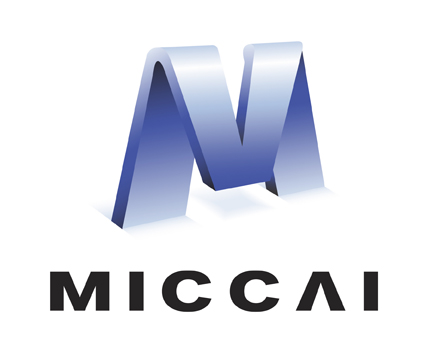Abstract
Inspired by self-training learning via pseudo labeling, we construct self-training framework with selective re-training pseudo labels to improve semi-supervised abdominal organ segmentation. In this work, we carefully design the strong data augmentations (SDA) and test-time augmentations (TTA) to alleviate overfitting noisy labels as well as decouple similar predictions between the teacher and student models. For efficient segmentation learning (ESL), knowledge distillation is adopted to transfer larger teacher model to smaller student model for compressing model. In addition, we propose the single-label based connected component labelling (CCL) for post processing. Compared to one-hot CCL of O(n) time complexity, which on the single-label based method is reduced to O(1). Quantitative evaluation on the FLARE2022 validation cases, this method achieves the average dice similarity coefficient (DSC) of 0.8813 on semi-supervised model, it achieves significant improvement compared to 0.7711 on full-supervised model. Code is available at https://github.com/Shanghai-Aitrox-Technology/EfficientSegLearning.
Access this chapter
Tax calculation will be finalised at checkout
Purchases are for personal use only
Similar content being viewed by others
References
Clark, K., et al.: The cancer imaging archive (TCIA): maintaining and operating a public information repository. J. Digit. Imaging 26(6), 1045–1057 (2013)
Heller, N., et al.: The state of the art in kidney and kidney tumor segmentation in contrast-enhanced CT imaging: results of the kits19 challenge. Med. Image Anal. 67, 101821 (2021)
Heller, N., et al.: An international challenge to use artificial intelligence to define the state-of-the-art in kidney and kidney tumor segmentation in CT imaging. Proc. Am. Soc. Clin. Oncol. 38(6), 626–626 (2020)
Ma, J., et al.: Fast and low-GPU-memory abdomen CT organ segmentation: the flare challenge. Med. Image Anal. 82, 102616 (2022). https://doi.org/10.1016/j.media.2022.102616
Ma, J., et al.: AbdomenCT-1K: is abdominal organ segmentation a solved problem? IEEE Trans. Pattern Anal. Mach. Intell. 44(10), 6695–6714 (2022)
Simpson, A.L., et al.: A large annotated medical image dataset for the development and evaluation of segmentation algorithms. arXiv preprint arXiv:1902.09063 (2019)
Yang, L., Zhuo, W., Qi, L., Shi, Y., Gao, Y.: ST++: make self-training work better for semi-supervised semantic segmentation (2021)
Zhang, F., Wang, Y., Yang, H.: Efficient context-aware network for abdominal multi-organ segmentation (2021)
Acknowledgements
We sincerely appreciate the organizers with the donation of FLARE2022 dataset. The authors of this paper declare that the segmentation method they implemented for participation in the FLARE 2022 challenge has not used any pre-trained models nor additional datasets other than those provided by the organizers. The proposed solution is fully automatic without any manual intervention.
Author information
Authors and Affiliations
Corresponding author
Editor information
Editors and Affiliations
Rights and permissions
Copyright information
© 2022 The Author(s), under exclusive license to Springer Nature Switzerland AG
About this paper
Cite this paper
Zhang, F., Wang, M., Yang, H. (2022). Self-training with Selective Re-training Improves Abdominal Organ Segmentation in CT Image. In: Ma, J., Wang, B. (eds) Fast and Low-Resource Semi-supervised Abdominal Organ Segmentation. FLARE 2022. Lecture Notes in Computer Science, vol 13816. Springer, Cham. https://doi.org/10.1007/978-3-031-23911-3_1
Download citation
DOI: https://doi.org/10.1007/978-3-031-23911-3_1
Published:
Publisher Name: Springer, Cham
Print ISBN: 978-3-031-23910-6
Online ISBN: 978-3-031-23911-3
eBook Packages: Computer ScienceComputer Science (R0)

